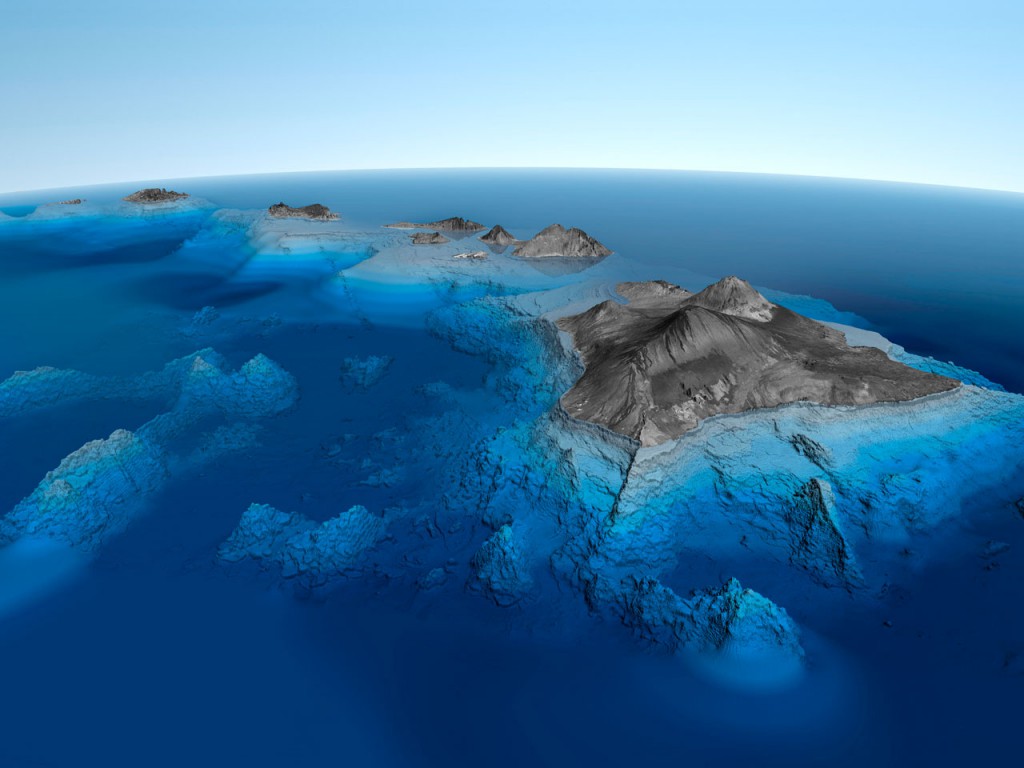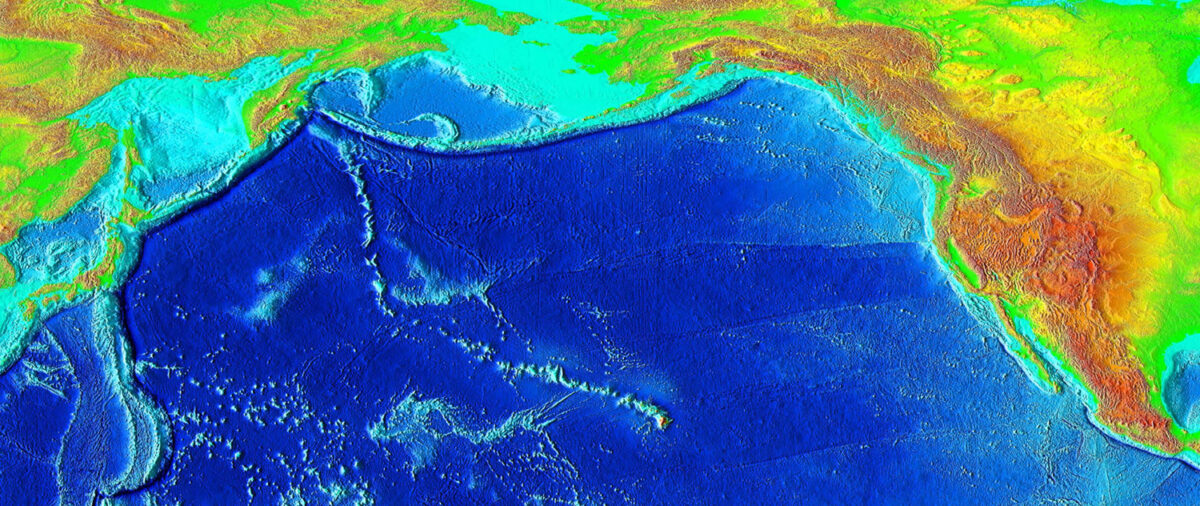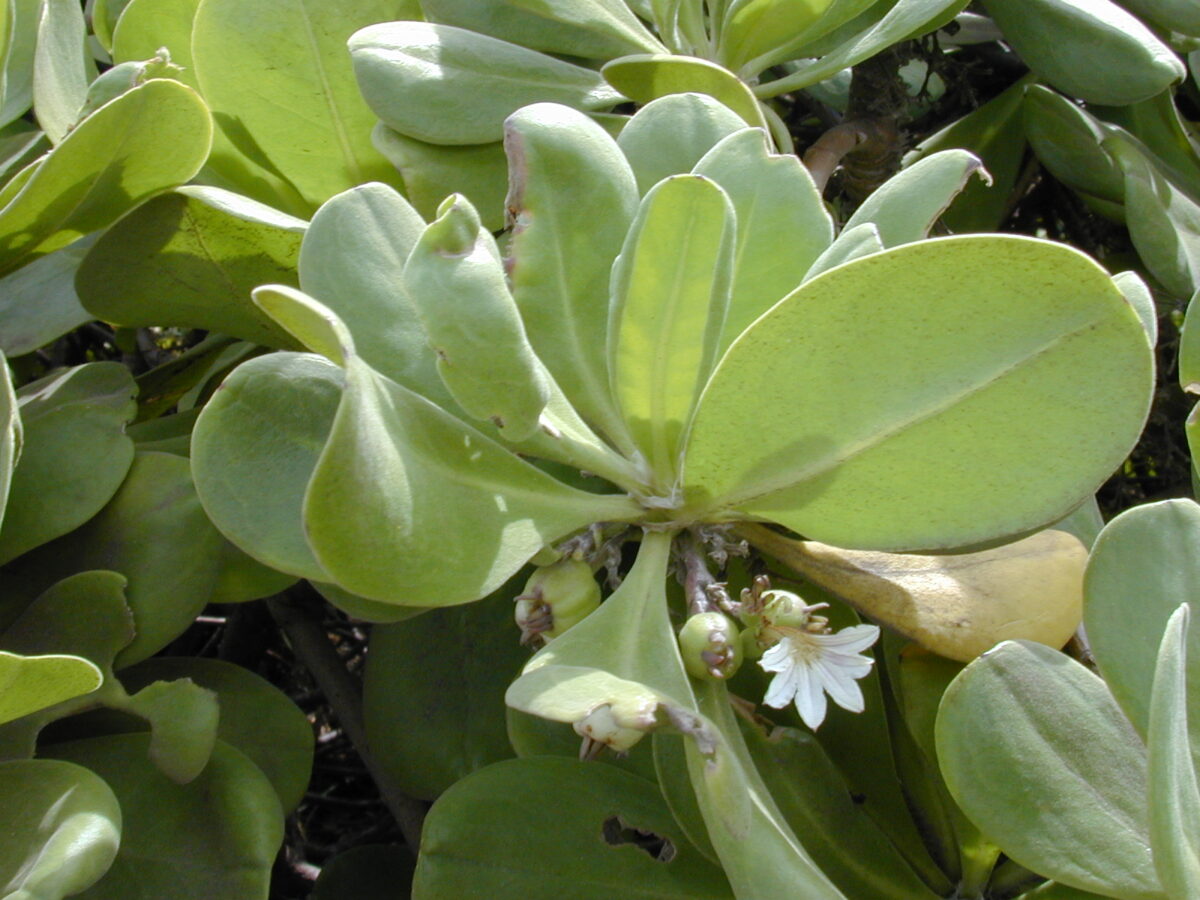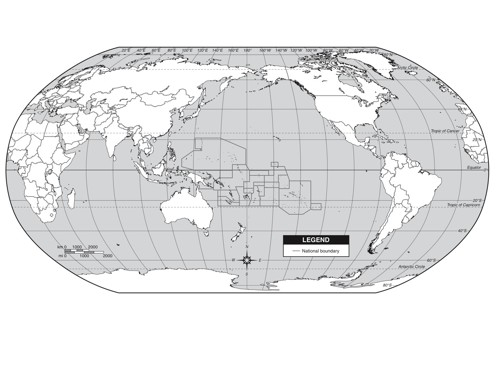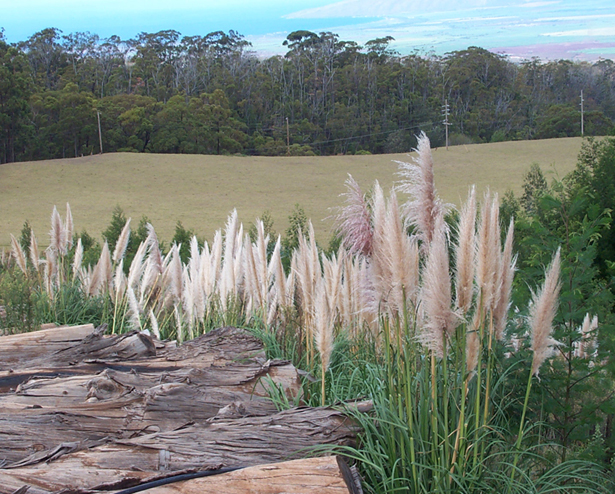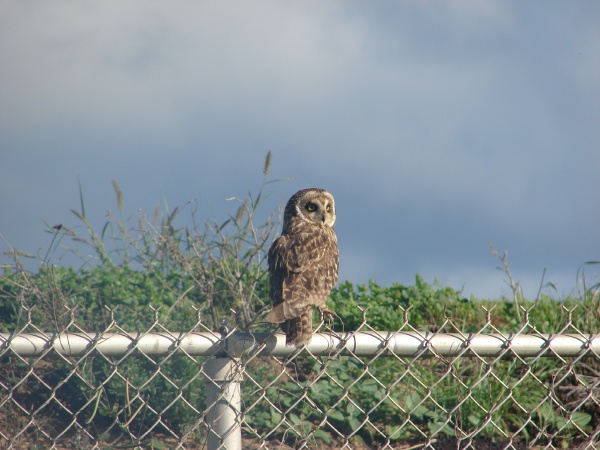Unit 1: From Evolution in Isolation to Globalization
Invasive Species » Unit 1: From Evolution in Isolation to Globalization
Overview
Over millions of years, plants, insects, fish, and birds found their way to the Hawaiian Islands before the arrival of humans. The first Hawaiian species came here via the three W’s: wind, wings, and waves. Once they arrived, these pioneer species adapted to their new home. Over time, many of their descendents transformed into altogether new species: endemic species that are native to Hawaiʻi and exist nowhere else on earth. As a result, Hawaiʻi is an unparalleled showcase for evolutionary diversity.
Scientists estimate that, prior to human contact, one new species successfully colonized the Islands every three to five thousand years, on average. That number has since skyrocketed, because of the increased traffic associated with humans. Now, between 30-50 new species find their way to the Islands every year, having originated from points all over the globe. Many of these newcomers are benign, causing no problems, but some have become serious pests: invasive species capable of disrupting the existing natural balance of native Hawaiian ecosystems.
In this unit, students learn the basics behind invasion science: what determines whether a species is native, non-native, or invasive, where many species originate, how they got here, and how they impact our native ecosystems.
Length of Entire Unit
6-7 class periods.
Subject
Importance
Unit Focus Questions
- How do species colonize Hawaiʻi?
- What factors make Hawaiian ecosystems especially vulnerable to invasion?
- What are the basic concepts and definitions of invasion biology?
- Where do native species come from?
- Where do invasive species come from? What areas on Maui can they invade?
- What is a scientific name? How are scientific names useful?
- How and why do we chose certain species as icons or mascots?
Enrichment Ideas
- Define “species.” How is a species defined over time? At what point do scientists declare a descendant a distinct species from its ancestors?
- Explore the records kept by botanists who sailed with the first Western ships to visit Hawai’i.
- Investigate the debate surrounding certain Polynesian introductions, such as: coconut (Cocos nucifera), Hau (Hibiscus tiliaceus), and indigo (Indigofera suffruticosa), paʻiki (Rorippa sarmentosum). What are the arguments for and against these species arriving here without human aid? What evidence is there to support the idea that they were brought by Polynesian settlers?
Resources for Further Reading
Bloxam, Richard, Byron, George, and Calcott, Maria, Voyage of H.M.S. Blonde to the Sandwich Islands, in the years 1824-1825. John Murray, London, 1826, p. 86.
Cuddihy and Stone, Alteration of Native Hawaiian Vegetation. University of Hawaiʻi Press, 1990.
Evenhuis, Neal L., Barefoot on Lava: The Journals and Correspondence of R.C.L. Perkins in Hawaiʻi, 1892-1901, Bishop Museum Press, 2007.
Juvik, Sonia P., and Juvik, James O., Atlas of Hawaiʻi, by Thomas R. Paradise, University of Hawaiʻi Press, October 1998.
Nagata, Kenneth, “Early Plant Introductions in Hawaiʻi,” The Hawaiian Journal of History,
vol. 19, 1985.
Ziegler, Hawaiian Natural History, Ecology, and Evolution. University of Hawaiʻi Press, 2002.
State Department of Agriculture website
Moanalua Gardens Foundation and Computer Visualizations, Inc., Sea Search: Exploring Tropical Marine Life CD-ROM, Moanalua Gardens Foundation, Honolulu, 1996.

